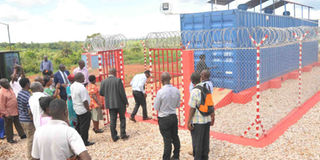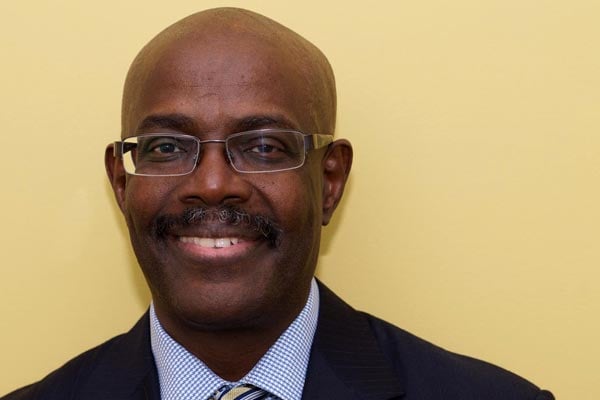Prime
Act decisively on radioactive waste

The fear by Mukono residents of suffering hazardous consequences from radio-active waste dump in their area is well founded. This wrangle also casts in the limelight the wider question of how our radioactive wastes are managed.
The unanswered question then is, just how has the Uganda Atomic Energy Council (AEC) been managing our low level wastes generated from our hospitals and industries?
Regrettably, AEC says our radio-active wastes are currently scattered in different parts of the country. This approach points to sloppy management of radioactive wastes by AEC. Yet, world over, radioactive wastes are considered dangerous. And this is why the Mukono residents are right to be anxious that the planned radioactive waste dump will likely harm them.
Without any doubt, all radioactive wastes contain radioactive chemical elements even when no longer of any practical purpose. This is why the residents are unsure whether the radioactive wastes to be dumped in the vicinity of their homes are of low, intermediate and high risk categories.
Of course, AEC has come out to say the radioactive wastes are largely medical wastes of rags or cloths, tools, filters, paper, plastic, gloves, and lightly contaminated liquid wastes from laboratory procedures, which have low levels of radioactivity per mass or volume. All these also contain only small amounts of mostly short-lived radioactivity and are often compacted or incinerated before disposal.
But the noisy quarrel in Mukono should have been avoided, and the belated explanation by AEC executive secretary Deogratias Luwalira should have been done earlier.
All AEC needed was to move quickly to educate the residents in 2011 when it bought the 11.5 acres of land to sit its planned headquarters, staff accommodation, laboratories, storage facility, and sports fields. Then, AEC should have contacted stakeholders, shared the critical information, educated the residents and won their goodwill and buy-in and ownership of this essential project for Ugandans.
Indeed, the residents needed to know at the outset that the equipment to be kept at the site has no safety hazards. Mr Luwalira’s reassurances that the store will have a safety case and be operated in a safe manner should have all come earlier, not during dustup with the angry residents.
All Mr Luwalira and AEC team needed to explain was that disposal of low-level radioactive wastes can be done safely almost anywhere, and demands only some level of special treatment.
Just as the World Nuclear Organisation says, low level radioactive wastes do not require shielding during handling and transport, and are suitable for disposal in near surface facilities. Going forward, AEC should use this public scare of radio-active wastes to act decisively and centralise and secure Uganda’s radioactive wastes disposal.




